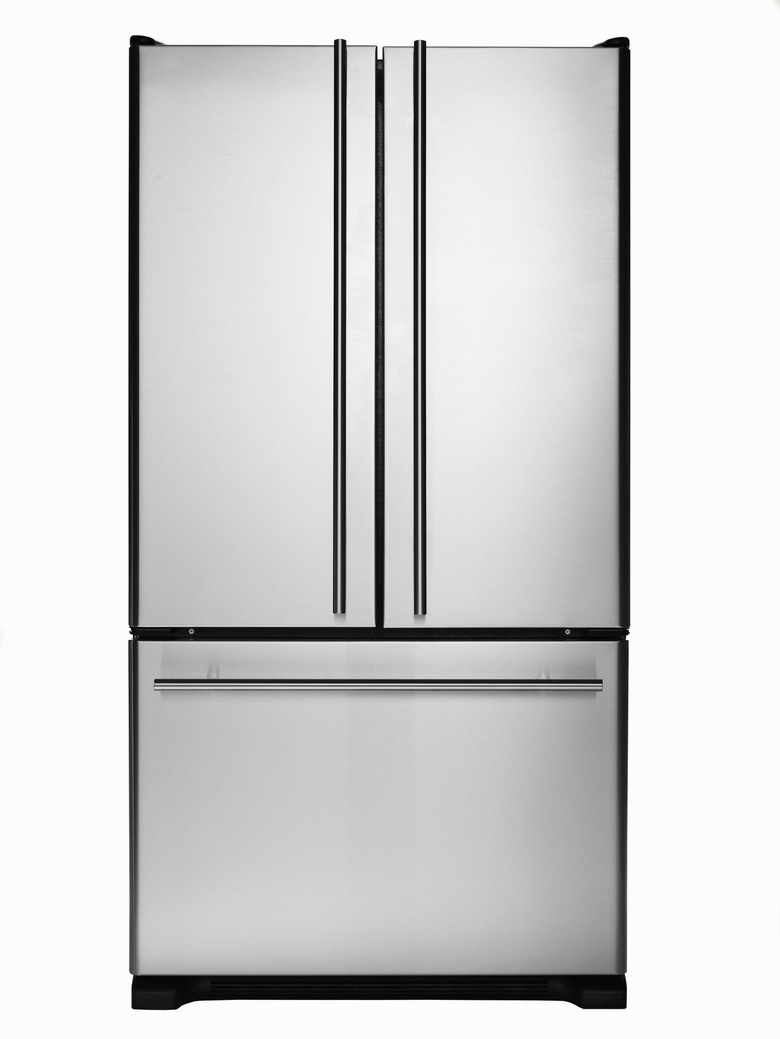The Type Of Plastic Used In A Refrigerator
Shopping for a new refrigerator involves questions of size, color and price. However, one feature of refrigerators that often goes overlooked is the type of plastic used in their construction. Most modern refrigerators actually make use of several different types of plastic to serve essential functions better than other materials can.
Types
Types
A typical refrigerator is likely to make use of several different types of plastic. These include ABS, or acrylonitrile butadiene styrene, polypropylene, high impact polystyrene, polycarbonate and foamed polyurethane. Each plastic has its own strength, flexibility and insulation properties. Besides these plastics used in refrigerator construction, fridges also hold food items that are packaged in an even longer list of plastics.
SPONSORED TIP: In addition to being a key material in your refrigerator's makeup, plastic can also play a role inside your fridge. Plastic containers are a great, reusable storage option for leftovers or make-ahead meals. For more tips on keeping foods fresh, check out plasticsmakeitpossible.com.
Uses
Uses
Refrigerator manufacturers use different types of plastic to fulfill various requirements and design considerations. For example, manufacturers use polycarbonate, which is strong and rigid, to form molded exterior doors, handles and body panels. ABS, polypropylene and polystyrene are all used to form the fridge's interior, including the interior door and wall panels as well as the shelves and drawers. Polyurethane is primarily found in refrigerator insulation, forming thin strips that trap air between layers of harder plastics.
Benefits
Benefits
Plastic delivers multiple benefits to refrigerator manufacturers and owners. It is lightweight and inexpensive, making it practical for appliances that consume large quantities of it in their production. It also resists thermal transmission, keeping the inside of the fridge cooler longer. Plastics are easy to wipe clean, which helps with fridge maintenance. Finally, plastics inside a refrigerator resist swelling and warping when exposed to moisture and temperature fluctuation.
Recycling
Recycling
Another key benefit of the plastics used in refrigerators is their relatively high degree of recyclability. According to Panasonic, as much as 40 percent of a refrigerator's total weight may be made up of plastics. Along with the iron and copper content they contain, this makes discarded refrigerators valuable to recyclers and scrap dealers, keeping them out of landfills.
